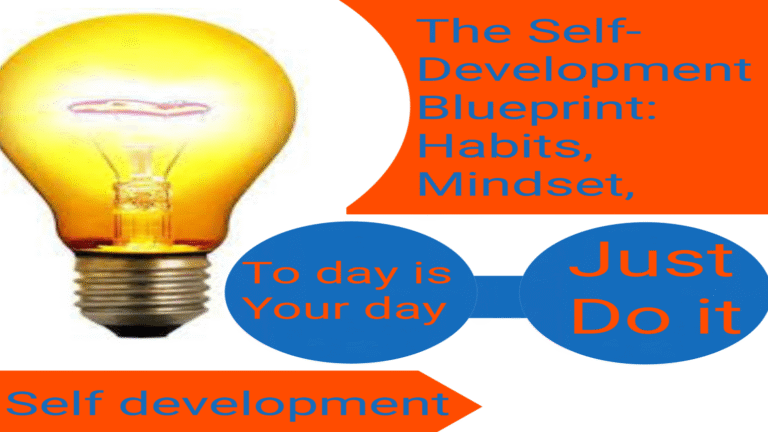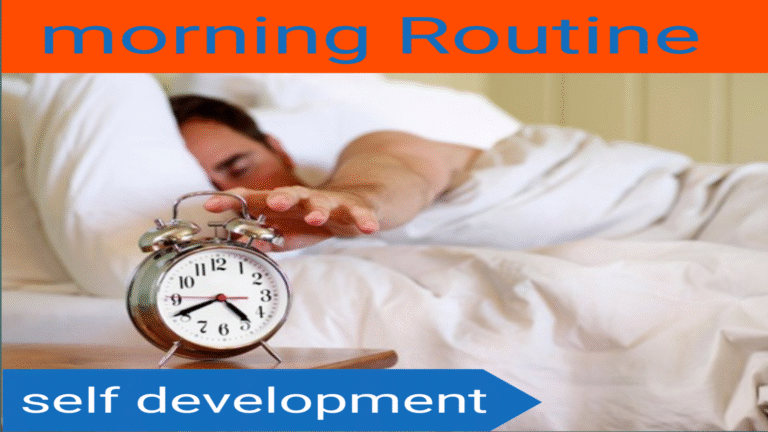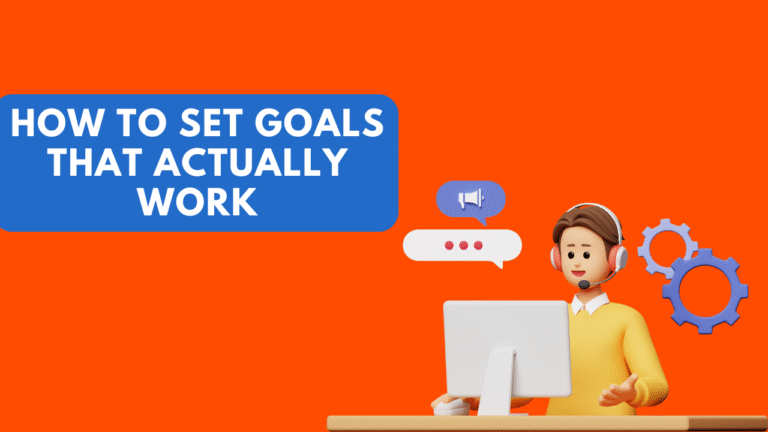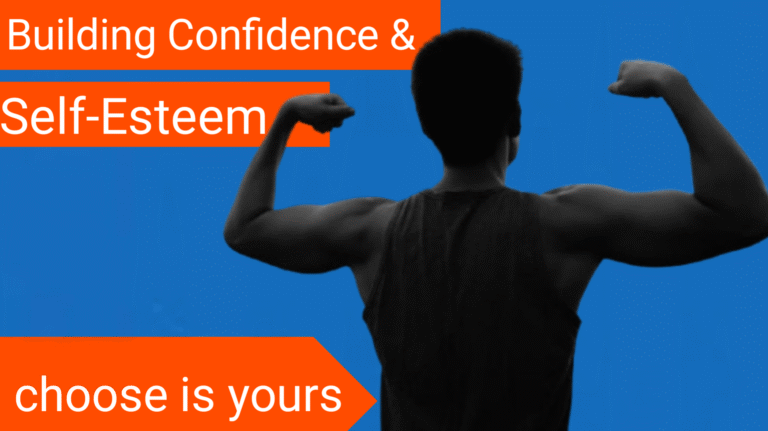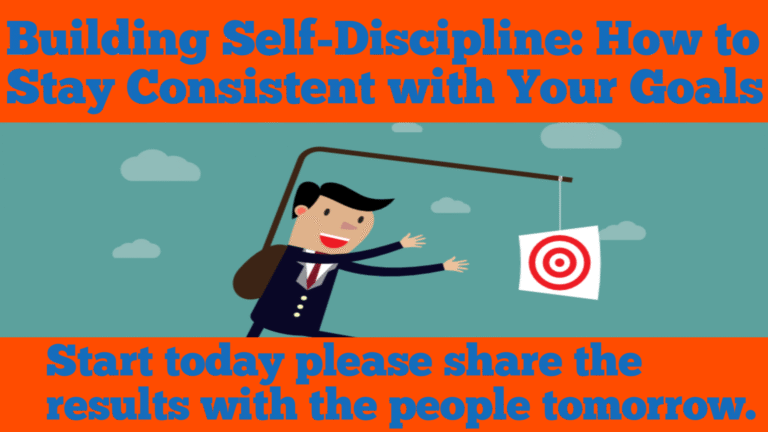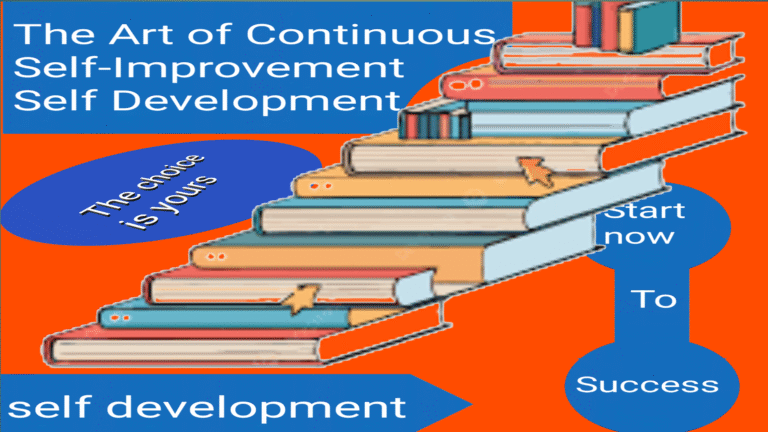How to Build Mental Strength in 30 Days
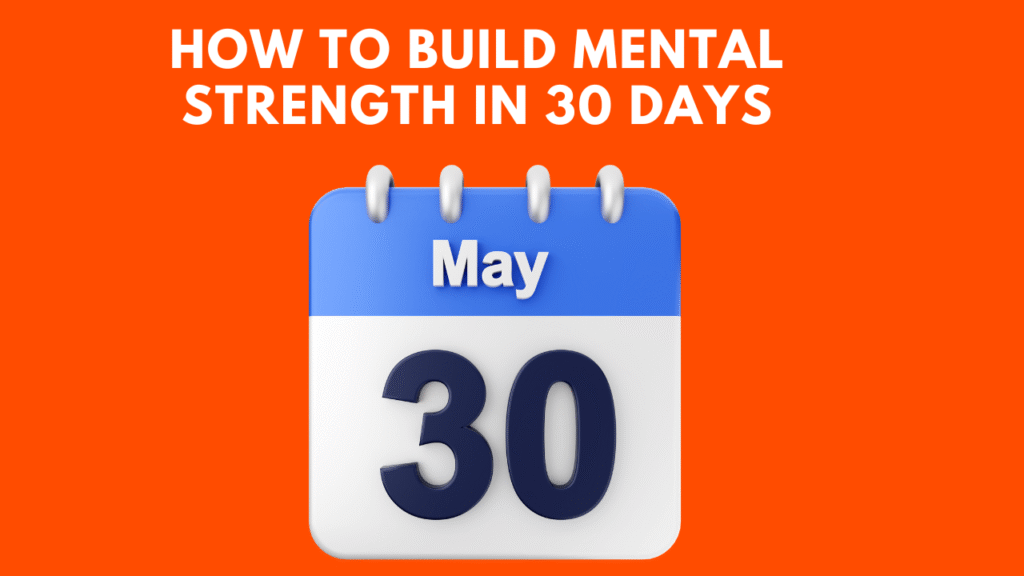
Mental Strength does not mean refusing to be afraid or suppressing your feelings. Mental strength is about learning to stay calm while you work through the storms of life. Building your mental strength requires similar time, effort, and practice as you have obtained for your physical strength.
This 30 day process will allow you to become more emotionally balanced, mentally sharp, and ultimately more resilient, step-by-step.
An Example for Inspiration for Your
Journey Leena is here. Leena is a freelance writer in her late twenties. In truth, there has always been some form of pressure she was been working through, whether that was the project she was working on went on for much longer than she thought it would, or a clients comments were overwhelmingly critical. In most cases, her responses were to second guess herself, compare her work with everyone else’s, and just feelings of perpetual cycles of stress/exhaustion/overwhelm and burnout.
One evening, after a particularly exhausting week, Leena knew she needed to change something. It was not what was happening to her, or in the world. It was about how she was responding to her world.
Leena spent 30 days focusing on some internal work. She started to notice the odd and wild things that would pop into her head, she even wrote some of the craziness down, she started practicing gratefulness, and developed small manageable routines to allow herself to get calm. Leena didn’t end this 30 days as some sort of superhuman version of herself, but she definitely felt lighter, sharper, and more importantly had significantly more control over her emotions. Leena’s story serves as an example of how true transformational change occurs by making small decisions every day, and that we are all capable to start making changes today.
Week 1: Awareness
Is the First Step to Strength.
Day 1-2: If nothing is happening, write it down. Consider how you’re feeling and what thoughts are going through your head for ten minutes. Starting with awareness is the first step in development, and over time, some visibility will begin to emerge.
Identify Your Strengths and Weaknesses on Days 3 through 4.
Make a list of everything that makes you happy and a second list of everything that makes you unhappy. You want to focus on building from your strengths while at the same time working on things that are draining your energy but in a gentle way.
Day 5: Determine your lifetime mental stamina.
Take the time to write down what you think mental strength looks like for you, and think about a few things that mean a lot to you as you write it down. Is it to be calm in a stressful/ challenging situation? improved decision-making? understanding the What allows direction.
Day 6: Take some time to reflect.
Take five to ten minutes every day to simply breathe, observe the world around you, or sit quietly. This can be a real reset to your nervous system and just to be in the moment.
Week 2: Develop your emotional foundation.
Days 8 through 9: Concentrate on Controllables. Think of some of the things that are causing you stress. These should be put into two piles: things that you can actually do something about and things that you cannot do anything about. Just let go of everything that isn’t yours.
Change Your Inner Voice on Days 10 and 11.
Think about how hard on yourself you might be in your inner dialogue about yourself, if you are saying something to yourself that is critical change it to a helpful kind word. Instead of ” i’m failing” say ” i’m learning and growing”.
Day 12: Just step outside of your familiar territory.
You don’t have to do anything big; you can do something small that’s still hard, like going with your gut and saying what you think or trying a new skill. Growth happens at the edge of discomfort.
Day 13 through Day 14: Gratitude practice every day.
Every night, write down three things you are grateful for that day. You don’t have to write down everything; even the smile of a stranger counts.
Week 3: Develop Focus and Discipline
From Day 15 to Day 16, establish a consistent morning routine. A simple routine can set the tone for your day. It could be as simple as stretching, reading, or setting some goals.
Day 17-18: Take a break from technology
Spend one day with limited screen time. Pay attention to how this affects your mood, concentration, and energy.
Day 19, Learn to Say “no”
Practice telling no to one thing today that wears you out. Boundaries are important for taking care of yourself.
Day 20-21: Do that one thing You have been avoiding.
It could be confronting someone or something, cleaning out your email inbox, or getting through a task in your to do list. Do it, and afterward, allow yourself to feel stronger.
Week 4: Link lifestyle and resilience
Day 22-23: Reframe your setbacks Select a recent disappointment. Now, consider the following: “What can I learn from this?” What can I gain from being disappointed? Reflection, not regret, is what builds resilience.
Day 24-25: Visualize yourself as your best self.
Imagine yourself as composed, self-assured, and capable for a few minutes each day. Visualization offers your brain mental rehearsal that helps develop your future intentions.
Day 26: Learn to eliminate draining habits
Choose one behavior or habit that saps your energy, and make a plan to replace that behavior or habit with one that energizes you.
Days 27-28: Seek Support Write a note to a peer, mentor, or trusted individual.
Strong minds know they don’t go this alone.
Day 29: Celebrate Yourself Think about your first day.
You should recognize all of the arrows of change, big and small. Sunshine has little to do with our mental capacity to notice change, we just need to notice our change.
Day 30: Don’t Stop!
This is just the beginning of an even stronger, clearer, grounded version of you, it is not the end. Choose one intention to stay focused on going forward.
Final Thoughts
You don’t need to have everything figured out to begin to build mental strength, you just need the desire to start, and the commitment to keep coming back to show-up for yourself each day. Intentionally and mindfully repeat the smallest action over time that can begin to change how you think, feel, and respond to life.
Remember, you are not your thoughts nor your mistakes. You are simply the stable container that you can always come back to whenever you decide to try again. Would you prefer this information be a PDF guide, audio version, or visual calendar for ease?

